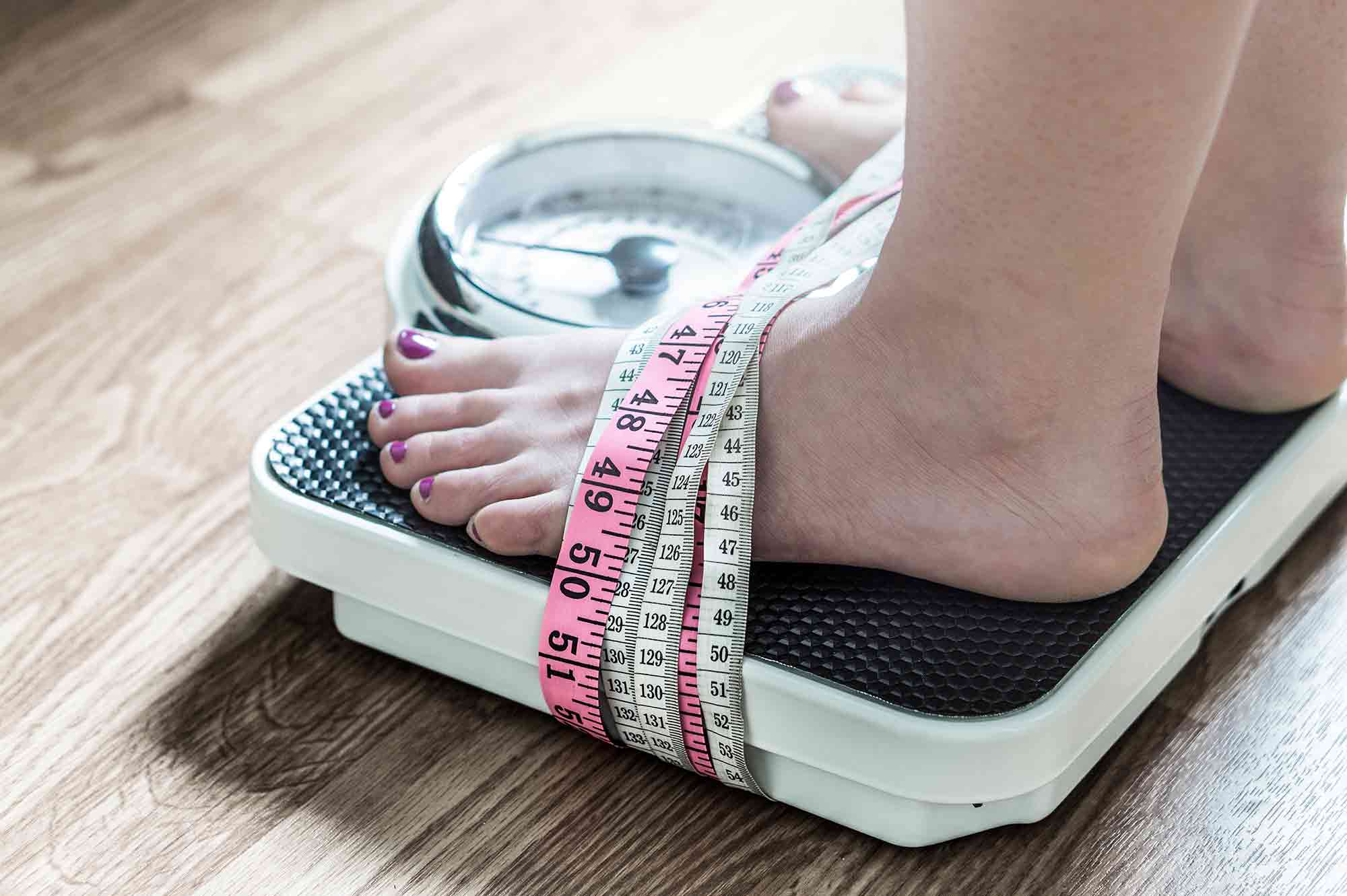 A dental organisation is calling on dental teams to spot signs of eating disorders over fears they could go undiagnosed.
A dental organisation is calling on dental teams to spot signs of eating disorders over fears they could go undiagnosed.
The British Society of Dental Hygiene & Therapy (BSDHT) said dental hygienists and therapists are in the ‘ideal position’ to help curb the effects of the pandemic.
This includes identifying signs of eating disorders, many of which could have developed or worsened as a result of lockdown.
Statistics reveal that nine out of 10 people with eating disorders were negatively impacted by the pandemic.
Undetected eating disorders
The data shows 87% reported their symptoms had worsened due to COVID-19. Additionally, more than 30% of participants stated their symptoms were much worse.
Dental hygienist and BSDHT president, Julie Deverick, said eating disorders are among the conditions that may have gone undetected amidst the pandemic.
‘The effects of the pandemic are far reaching and all aspects of the medical community need to be aware of how they can help those in need,’ she said.
‘Access to dental services was severely hit during this time and may take some time to get back to normal
‘In the meantime, there are concerns that patients will be going undiagnosed with life threatening diseases such as mouth cancer. One that could also be identified in the dental setting is eating disorders.
‘Dental hygienists and dental therapists are in the ideal position to recognise the signs of eating disorders in their patients. At each appointment they carry out checks on the hard and soft tissues of the mouth. Additionally, take complicated medical history notes.’
Signs to look out for includes dental erosion, which she says is usually evident on the palatal surfaces or occlusal surfaces of the posterior teeth.
This is brought about by inducing vomiting, which has a pH of around 3.8.
Compassion necessary
‘As a way of purging, objects, such as fingers, may be inserted into the oropharynx. This may lead to traumatic lesions on the palate or oropharynx,’ she continued.
‘Other conditions to look out for are ulcers, glossitis, angular cheilitis and candidiasis. These may occur due to nutritional deficiencies.
‘Recognising these signs are one thing. But discussing them with the patient can be daunting as the patient may not be open to such questions about the reasons for their erosion or trauma marks. It is important, though, to ask the questions with compassion and in a non-judgmental way.
‘Inform them of your findings and ask if they know of any possible causes, such as acidic drinks, acid reflux or frequent vomiting now or in the past. They may choose not to divulge an issue but on occasion they will disclose their eating disorder to us. If they are not under current medical care a recommendation should be made for them to speak to their GP.
‘If they are not ready to tell us about their eating disorder, it is still important to give them prevention advice based on their individual needs. Notate your conversation and ensure the erosion is noted in the form of the Basic Erosive Wear Examination (BEWE). This can be referred to in subsequent appointments.’
Follow Dentistry.co.uk on Instagram to keep up with all the latest dental news and trends.


